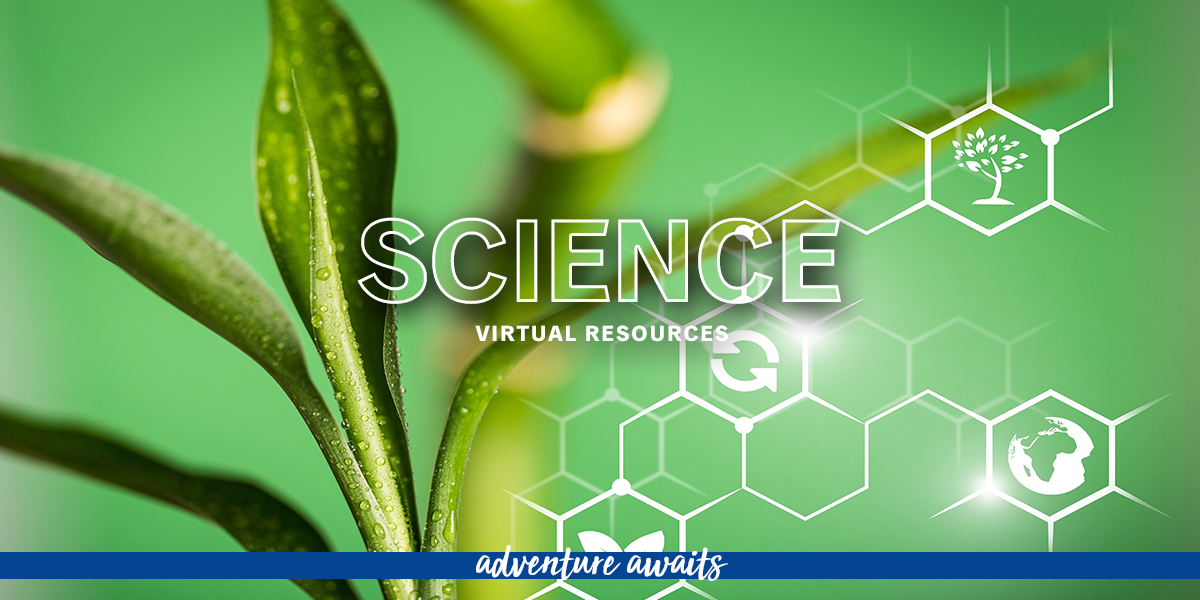Science works hard behind the scenes of nearly everything we do in our lives, including how we get our food and how we cook. In this learning resource we will consider how much water is used in food production, whip up something delicious in the kitchen using what we have, and see how we can be resourceful all throughout the house!
Being resourceful means using what we have to solve problems. At this specific time in our lives, being resourceful feels like a requirement. However, is it ever that simple?
A full understanding of resourcefulness carries with it a few other intangible qualities: A feeling of hope, where existing, as well as new problems, can be solved. The confidence to know that no problem is insurmountable. A bit of creativity. Not the creativity that paints masterpieces, rather one that allows you to see the world differently, to determine new uses for old items. This is the level of creativity that MacGyver used – with one paperclip and piece of gum. Finally, resourcefulness requires persistence. We cannot be successful without first experiencing a few failures. Persistence is skinned knees while riding a bike, or the first few pans of burnt cookies. Persistence is speaking out for what we believe in despite dissenting opinions.
As we reflect upon our communities, the nation, and the world, we see an almost insurmountable list of problems to fix. Resourcefulness reminds us that we have the tools, the skills, and the drive to overcome whatever bump may lie in the road ahead. As Ralph Waldo Emerson said, “It’s not the destination, it’s the journey.”

